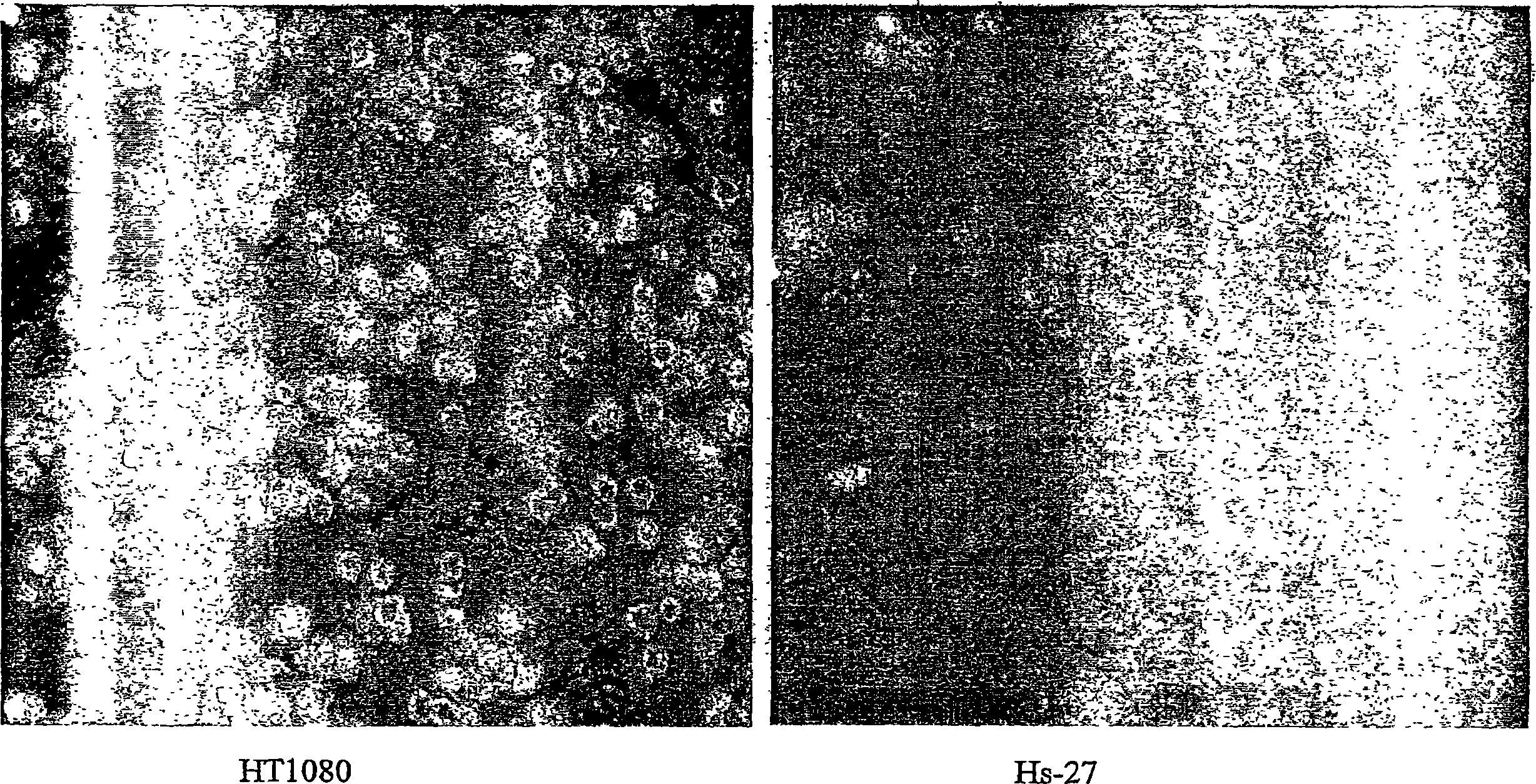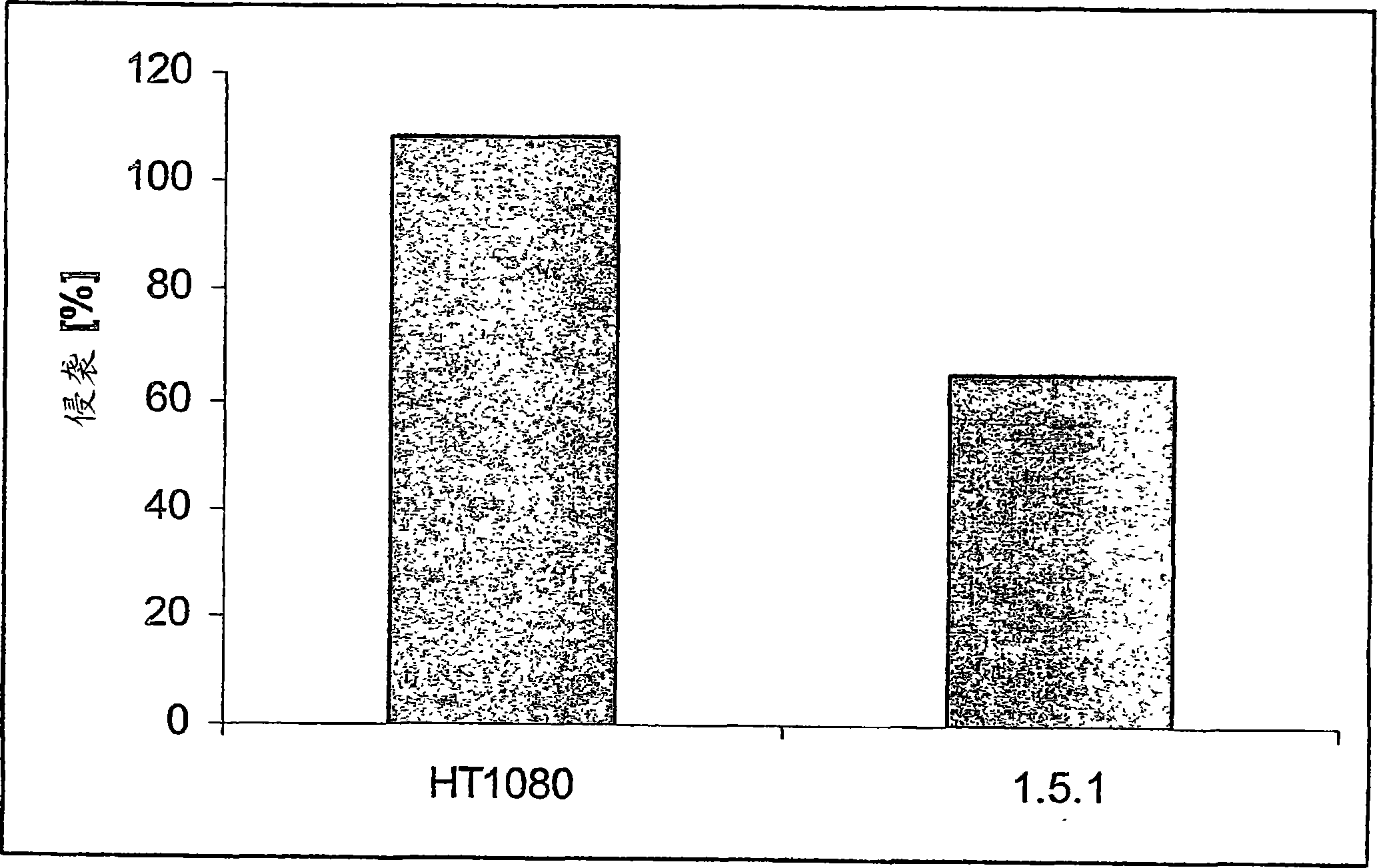Inhibitors of extracellular hsp90
A technology of inhibitors and cells, applied in the special field of molecular therapy that depends on functional extracellular Hps90, extracellular Hsp90 function, can solve problems such as deficiency and toxicity
- Summary
- Abstract
- Description
- Claims
- Application Information
AI Technical Summary
Problems solved by technology
Method used
Image
Examples
Embodiment Construction
[0053] For a more complete understanding of the present invention, the following detailed description is provided.
[0054] The present invention relates to inhibitors that can specifically bind extracellular Hsp90 or, more specifically, can inhibit the function of Hsp90 that is related to the invasiveness and / or metastatic potential of cancer cells. Inhibitors of extracellular Hsp90 are preferably substantially unable to enter the cell or are modified in such a way that the modification substantially inhibits their cellular uptake. Modification of the inhibitors of the invention can be achieved by conjugating the inhibitors to naturally occurring macromolecules such as polypeptides, sugars or artificial biocompatible polymers.
[0055] Preferably, an inhibitor of the invention is a bioconjugate with another protein, a solid matrix (e.g., beads), respectively, so that the inhibitor itself forms multimers, or with an inhibitor that will enhance toxicity to the target cell. Bio...
PUM
| Property | Measurement | Unit |
|---|---|---|
| Dissociation constant | aaaaa | aaaaa |
Abstract
Description
Claims
Application Information
 Login to View More
Login to View More - R&D
- Intellectual Property
- Life Sciences
- Materials
- Tech Scout
- Unparalleled Data Quality
- Higher Quality Content
- 60% Fewer Hallucinations
Browse by: Latest US Patents, China's latest patents, Technical Efficacy Thesaurus, Application Domain, Technology Topic, Popular Technical Reports.
© 2025 PatSnap. All rights reserved.Legal|Privacy policy|Modern Slavery Act Transparency Statement|Sitemap|About US| Contact US: help@patsnap.com



